
“Remote work” may sound dreamy and the perfect picture at first: laptop on the beach, coconut in hand, working from a cabin in the mountains, or answering Slack from a hammock on an exotic island under the stars… until the reality comes and your kitchen table becomes your permanent office, your “coffee break” turns into unloading the dishwasher, and you realize you haven’t changed out of your pajamas in three days.

If you’re reading this, welcome to The Club. You’re probably working remotely or getting ready to and wondering how to do it in a way that doesn’t drain your energy or blur every boundary you’ve ever had.
Here’s the good news: Working remotely doesn’t have to mean hustling yourself into burnout to prove you’re “productive.” It can mean working in a way that feels alive and building a rhythm that lets you live your life while doing great work.
I’ve worked with remote teams long enough to see it all: the “go-getters” who forget to eat, the quiet “high-achievers” who thrive in deep focus, and the folks who slowly burn out trying to be “always on.”
The ones who thrive? They learn to work in sync with themselves, not against themselves.

The goal isn’t to tick off boxes until you crash. It’s to create a way of working that fuels you so you can do good work and still have a life after you shut your laptop.
So, get ready to dig into the practical, human, tested tips that will help you thrive while working remotely in more productive ways without losing your spark. ✨
At WIARA, we’re not just sharing some ideas because they sound nice in a blog post. We live them. And if you’ve been following our previous articles, you’ve probably seen how much we care about creating a calm, human-first approach to work that supports people, not just deadlines.

As you probably already know, we’re a fully remote, paperless, async-friendly team, spread across cities (and sometimes countries), with calendars that don’t always align and life happening around us, yet we still show up for each other and for the work we care about.
And yes, we’ve all been there.
😅 You join a call in your favorite hoodie, hoping your hair is at least “camera acceptable.”
🐾 The cat decides to hold a meeting on your keyboard mid-call.
💬 You drop a “small win” in Slack, and someone across the country sends a 🎉 emoji that somehow makes your day.
🌿 You step outside between tasks, coffee in hand, remembering that the sun exists.
At WIARA, we believe that great work doesn’t come from forcing people into a one-size-fits-all routine or pretending everything’s perfect. It comes from clarity, trust, and the freedom to find your way while knowing you’re supported.
Because let’s be real: remote work isn’t always a productivity fairytale, and for sure we are not machines. There are days when you feel focused and unstoppable, and days when you wonder if your brain has left the chat. There are days when the quiet feels like peace and days when it feels like loneliness in disguise.
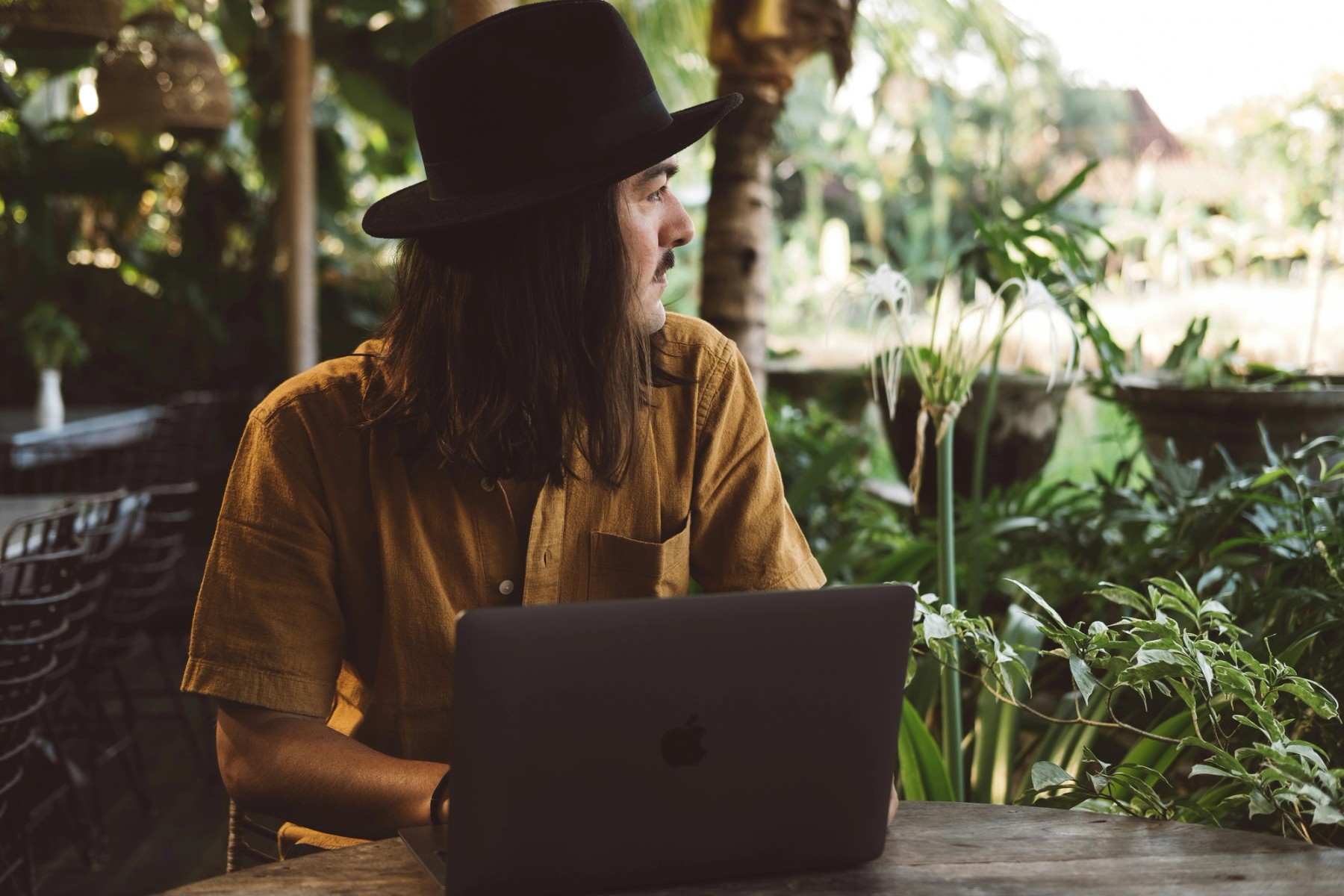
That’s why we keep reminding ourselves (and each other) to be human first, and productive second. To take that deep breath. To pause when needed. To ask for help. To celebrate progress, even when it’s small, scrappy, or comes with a typo (many thanks, Grammarly!).
And if you’re here because you’re part of our team or thinking of joining someday, know this: You don’t have to perform your way into belonging here.
You don’t have to prove your worth by burning out. We care more about your curiosity, your honesty, and your willingness to grow and learn than about being
“Always perfect.”

Because at WIARA, we’re not aiming for robotic productivity. We’re building a space where people can work well, live well, and together contribute to something meaningful and grow.
And yes, if your cat joins a call, they’re welcome too. 🐱
📌 Are you curious to know more about how we approach interviews and onboarding at WIARA?
You may check out my previous article on the topic here: How We Approach Interviews at WIARA.
So, get ready now to dig into the practical, human, tested tips that will help you thrive while working remotely in more productive ways without losing your spark. ✨

Here’s the thing about working remotely: it’s not about copying someone’s “perfect morning routine” you found on LinkedIn or some influencer’s 5 AM cold plunge routine to be the “best remote worker.” The only thing you need to do is simply find and know your rhythm. It’s about knowing yourself, to figuring out what helps you show up awake, present, and (somewhat) excited to tackle your day, even if you’re doing it in slippers.
Ask yourself when you feel focused or restless. What helps you transition into work mode without forcing it? And there’s no single “right answer” or “way”. For some, it’s a quiet coffee before diving into deep work, for others, a mid-morning start with a walk outside.
The best routine is the one you’ll keep showing up for because it feels like you.
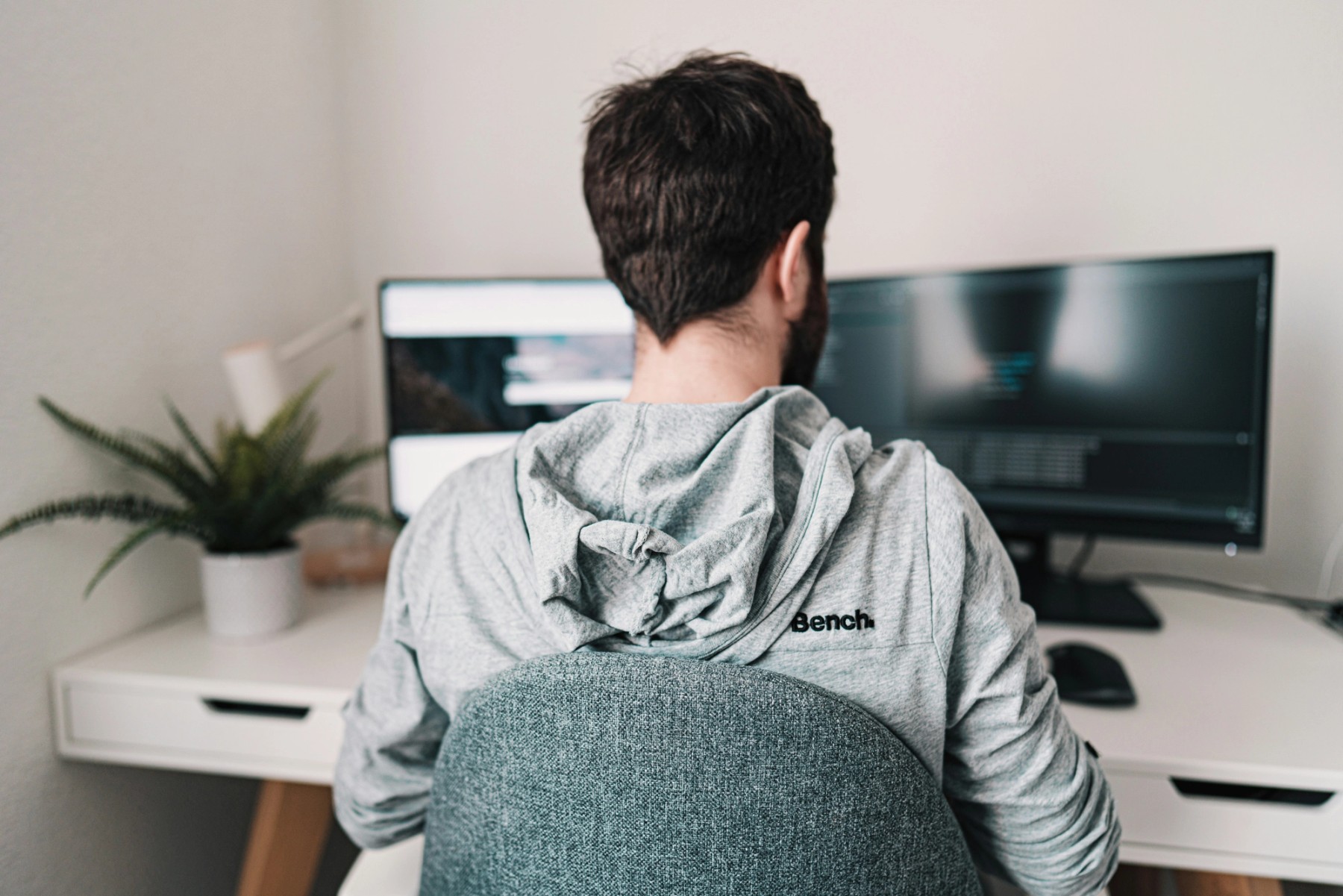
When I was managing remote teams during the pandemic, I noticed something important:
The people who thrived weren’t the ones glued to their desks from dawn to dusk. They were the ones who learned to honor their focus hours and respect their rest hours. The ones who took lunch away from the screen, and paused to stretch before their back reminded them to.
And also I’ve seen people unlock so much more ease in their remote days when they stop asking, “What’s the best routine?” and start asking, “What routine supports me the best?”
- Try this:
Pause right now when you are reading and ask yourself:
When do I feel most clear and creative? And just plan your next focused task for that window.
Think back to your best workdays:
-What made them flow?
-What did your day look like when you felt energized rather than drained?
Because it's the energy, not the hours, that drives the real productivity.
A rhythm that fits your life keeps you consistent without burning out. You don’t need a routine that impresses others, you need one that supports you.
🎯 Why this works:
Because forcing yourself into someone else’s structure is like wearing shoes that don’t fit: you’ll just end up with blisters. When you align your work with your natural rhythm, you get more done with less friction, and you’re less likely to resent your days.
🌀 Wrap-up:
You don’t need to conquer your mornings. You need to understand them. Find your flow, protect it, and let it support your best work without losing yourself in the process.

Remote work is wonderful for flexibility, but it’s also sneaky. The boundaries between “work” and “life” blur until you’re checking Slack at midnight or writing emails on a Sunday because “why not, I’m home anyway.” One minute you’re answering a quick Slack message, the next you’ve worked through dinner, and suddenly your laptop turns into your only roommate…
Let’s change that.
Boundaries aren’t about being rigid. They’re about creating gentle guardrails that help you stay present in your work and your life.
Create a clear start and end to your day. It may be setting a clear “log off” time or having a ritual that closes your day, like a walk, a cup of tea, muting notifications after a certain hour, or simply shutting down your laptop and putting it away.
Whatever it looks like for you, protecting your boundaries will help you sustain your energy for the long run. Just because you can be available all the time doesn’t mean you should.
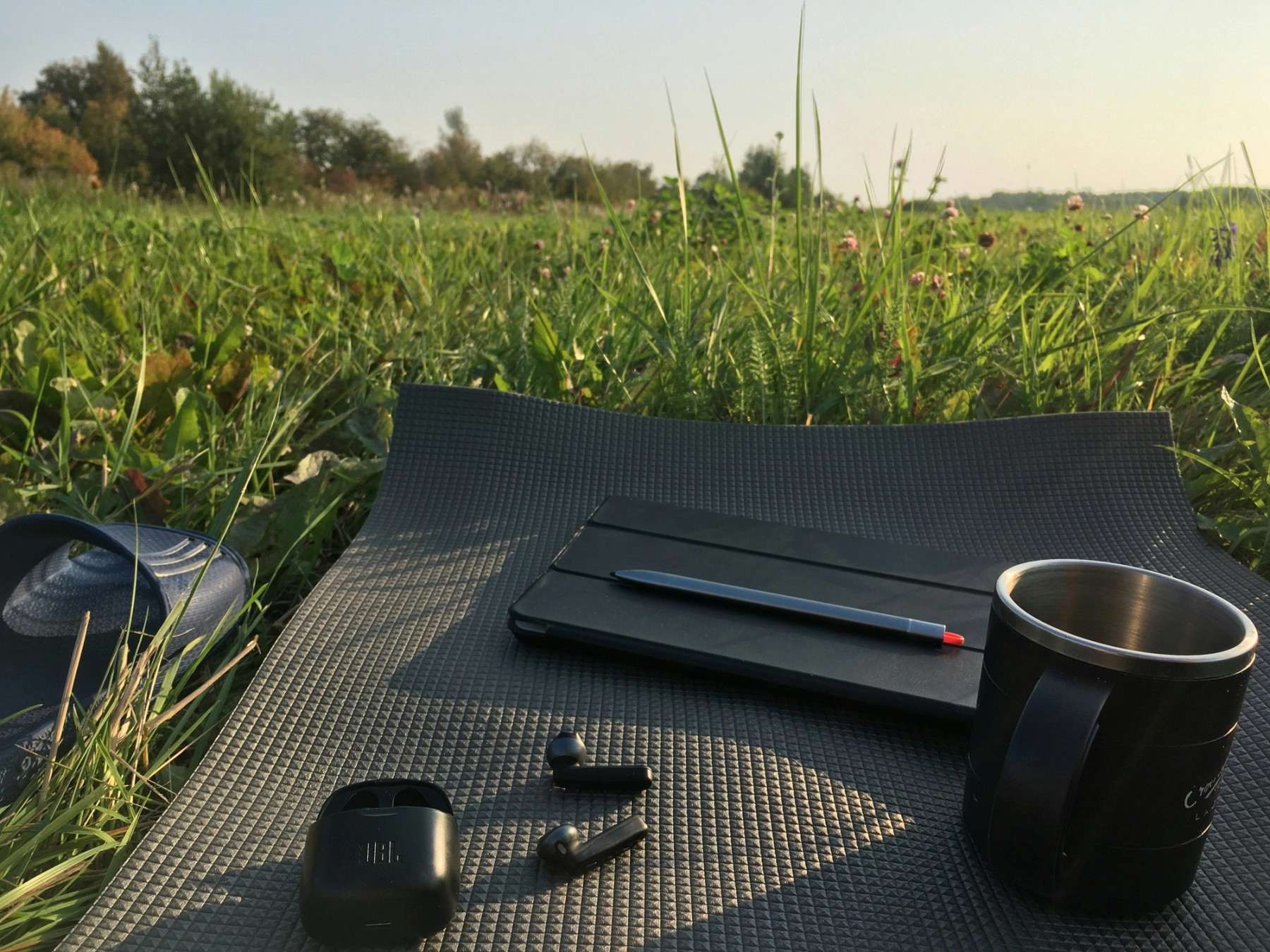
In my practice, I’ve seen people burn out quietly while working remotely, thinking they were being “dedicated.” But dedication without boundaries is a shortcut to exhaustion, not excellence. I have also seen people who transformed their workdays simply by deciding when their day ends. It’s not about being inflexible; it’s about caring for your future self.
🧠 Try this by asking yourself:
-When and how does your workday end?
-Do you have a small ritual that helps your brain switch gears from “work mode" to “home mode”?
-What’s one small “end-of-day” ritual, you can try this week? (a walk, a music playlist, or maybe a moment of gratitude?)
🎯 Why this works:
Because when your day has a soft but clear ending, you can rest. Rest isn’t laziness, it’s what makes tomorrow’s focus possible.
🌀 Wrap-up:
You don’t need to earn your rest. You need to honor it. Protect your end-of-day boundaries, and you’ll find yourself more present, more focused, and more alive in your work (and in your life). Boundaries aren’t selfish; they’re what make sustainable work possible. You don’t need to be “always on.” You need to be sustainably on.

One of the biggest benefits (and traps) of remote work is that you have control over your environment. Between the Slack pings, emails, and the urge to fold laundry in your breaks, it’s easy to lose your focus to a thousand tiny interruptions that leave you drained but weirdly unsatisfied.
Here’s the truth: you don’t need to “do it all” every day. But you do need pockets of time where you can truly focus, think clearly, and feel the quiet satisfaction of moving something important forward. Deep work isn’t just for coders or writers,;it’s for anyone who wants to feel the calm joy of making real progress.
For some, it may be an early-morning focus hour before the world wakes up, for others, to block 25–45 minutes with Slack snoozed and your phone in another room. For many, it’s a simple ritual: closing all tabs except one, playing a focus playlist, and taking a deep breath before diving in. It doesn’t have to be perfect or long. It just has to be yours.

I’ve seen people transform their remote work days and productivity only by permitting themselves to disconnect for 30–60 minutes. No Slack, no emails, just one meaningful task. They finish the day lighter, prouder, and with a clearer mind. Because especially in a remote environment, your attention is your greatest asset, and the ability to protect it is your quiet superpower.
🧠 Try this by asking yourself:
- When in your day do you feel most focused?
- Can you carve out even a small window this week to protect that time for deeper work?
🎯 Why this works:
Because constant context switching drains your energy and leaves you scattered. Deep work, even in small doses, grounds you, builds momentum and reminds you of the satisfaction of finishing something that matters.
🌀 Wrap-up:
Don’t aim for the perfect “deep work” session. Aim for presence and quality. Protect one small pocket of deep work in your day, and notice how your week begins to feel more intentional and less like a blur.
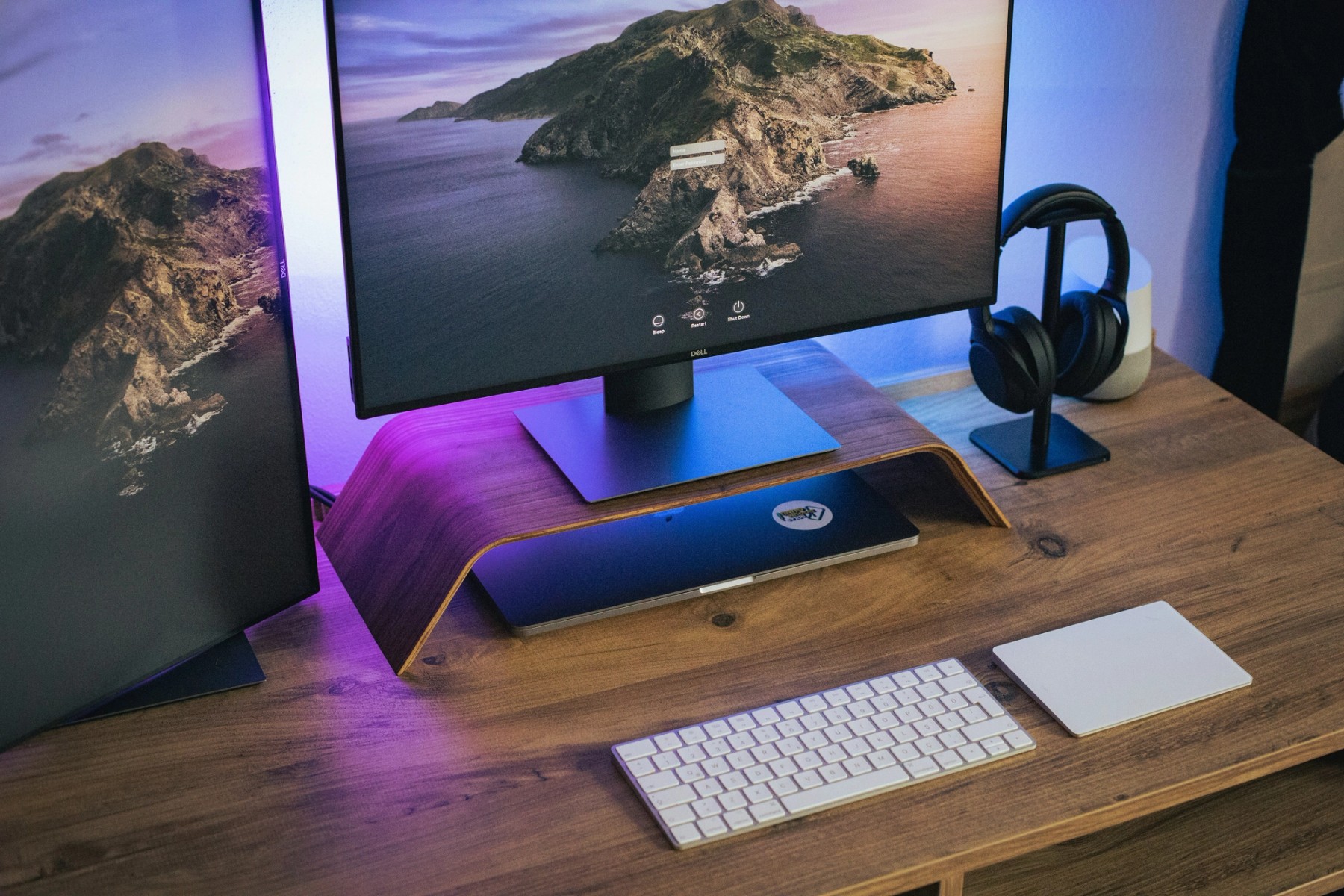
You don’t need that perfect office you saw on Pinterest with fancy plants and a neon sign to be productive at home, but your environment matters more than you think. Working remotely sounds dreamy until your kitchen table becomes your office, your coffee machine your coworker, and your cat your uninvited remote meetings visitor.
Your space shapes your energy, focus, and how you show up for your work. The key here is to create a space that feels like yours, a space that tells your brain: “This is where we do good work, and this is where we stop when it’s time to rest.”
Maybe it’s a small corner by the window with a comfy chair and a warm light, or maybe it’s clearing your table each morning as a reset ritual, putting on your “work sweater,” or brewing your favorite coffee to signal your brain it’s time to start. It may also be adding a plant, a photo that makes you smile, or a sticky note with a kind reminder to take a breath. It doesn’t have to be expensive or complicated. Don’t forget that small cues can make big shifts. Whatever works for you: use it.

Your posture matters, too. Working from your bed can feel cozy (of course, we’ve all done it), but over time, it can blur your focus and make “logging off” even harder. Make sure you feel comfortable and find a setup that lets you sit up, stretch, and feel like you’re in your day, not floating through it. And don’t forget the small details: light, temperature, and background noise. Natural light can boost your mood, while a dedicated playlist can gently anchor your focus without feeling forced.
🧠 Mini Reflection:
Look around your current workspace now and answer yourself honestly:
-How does it make you feel?
-Does it help you step into your workday with clarity, or does it drain your energy?
-What can you adjust this week to make it feel better and more supportive to you?
🎯 Why this works:
Because your environment isn’t just a backdrop, it’s your silent teammate. A space that feels intentional can calm your nervous system, reduce friction, and help you “enter” and “exit” work mode with more ease.
🌀 Wrap-up:
You don’t need that office look space from an interior magazine’s cover. You need a space that gently says: “This is your time to focus.”
Let your environment support your best work and your best rest without asking you to become someone else in the process. When your space feels good, it’s easier to show up with focus and calm, rather than stress and distraction.
And working remotely should help you, not drain you.
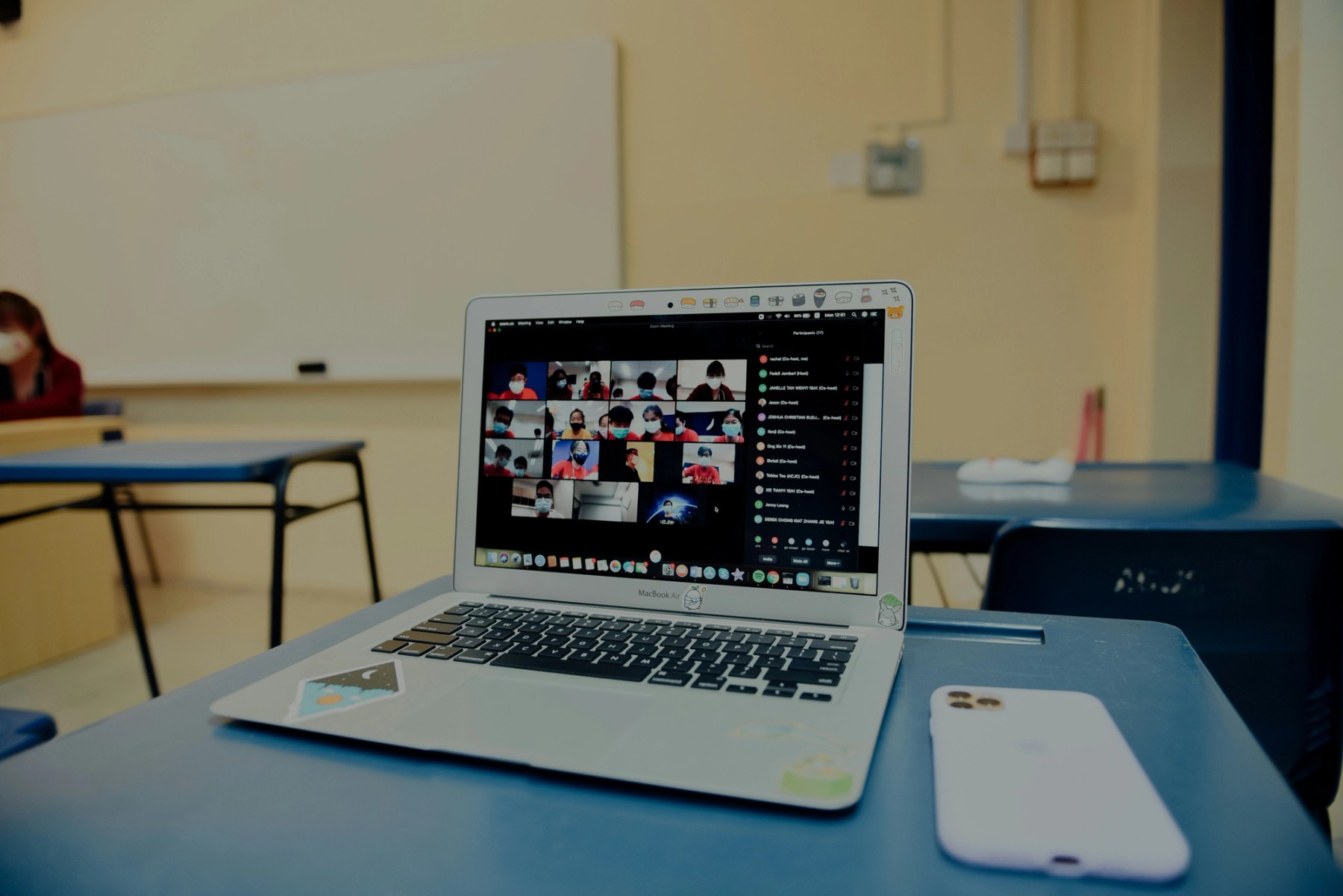
Did you ever notice how remote work can feel like freedom and loneliness, all wrapped into one hoodie-clad day? It’s easy to let days slide by without real conversation when working remotely, especially for introverts. Without a meaningful chat, a shared moment, or a reminder that you’re part of something bigger, even if your workspace is your kitchen table and your only “colleague” is your cat, remote work can quietly drift into isolation if we’re not intentional.
There’s something magical about the quiet. The missing office noise. No one is hovering while you work. No forced small talk steals your focus when you’re in deep flow. For many of us, that’s why we love working remotely.
The chance to think without interruption. The freedom to work in your rhythm, with your coffee just the way you like it, or the ability to pause and breathe without feeling watched.
And yet… even the most introverted of us need connection. Not constant Slack pings or endless meetings, but the quiet reassurance that we’re not doing this alone. A shared laugh, a “how’s your day,” or a simple “Hey, I see you.”
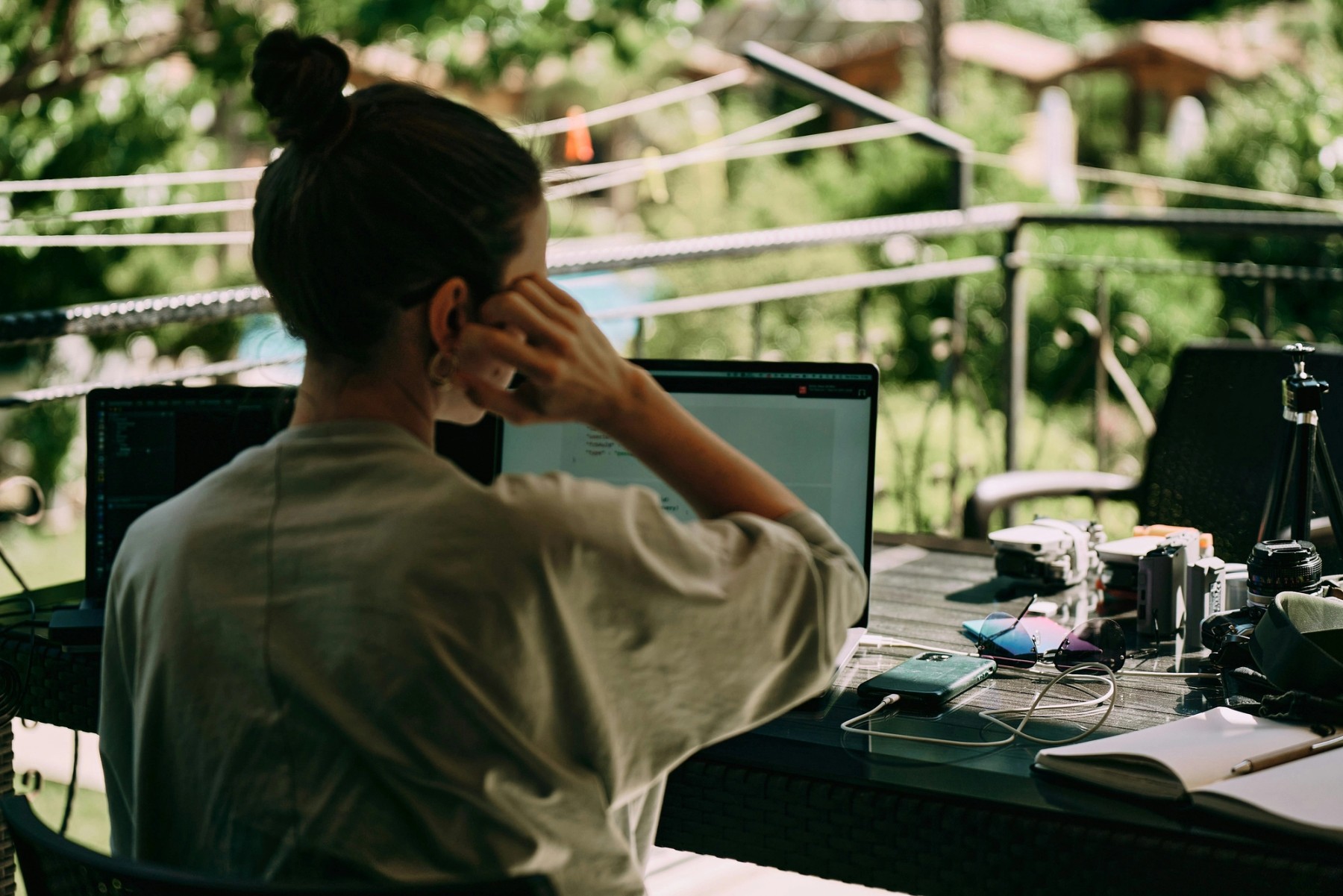
Connection doesn’t steal your solitude; it protects your humanity while you work in your rhythm. It keeps you grounded and gently reminds you that even on the days when your energy dips, you’re still part of a team that cares.
Maybe it’s joining the morning standup, even if you’re tempted to skip “just this once.” Or sending a “small win” update in your team channel, even if it feels awkward at first.
I’ve seen people who love solitude find a healthier, more joyful remote rhythm when they allow small connections into their week. A quick chat, a shared meme, a moment to ask, “How’s your day going?”. These aren’t distractions. They’re reminders that you’re part of a team, not just a to-do list.
🧠 Try this by asking yourself:
-Do you feel connected to your team right now?
-Is there one small step you could take this week: a message, a call, or a check-in that would add a bit more warmth to your remote routine?
🎯 Why this works:
Because we’re not designed to work in total isolation, even when we love our alone time. Small, genuine moments of connection help ideas flow, trust grow, and your days feel more meaningful.
🌀 Wrap-up:
You don’t have to lose your solitude to stay connected. By adding tiny, human moments to your remote routine, you create a sense of belonging on your terms. And that balance? It’s what makes remote work not just sustainable, but fulfilling.
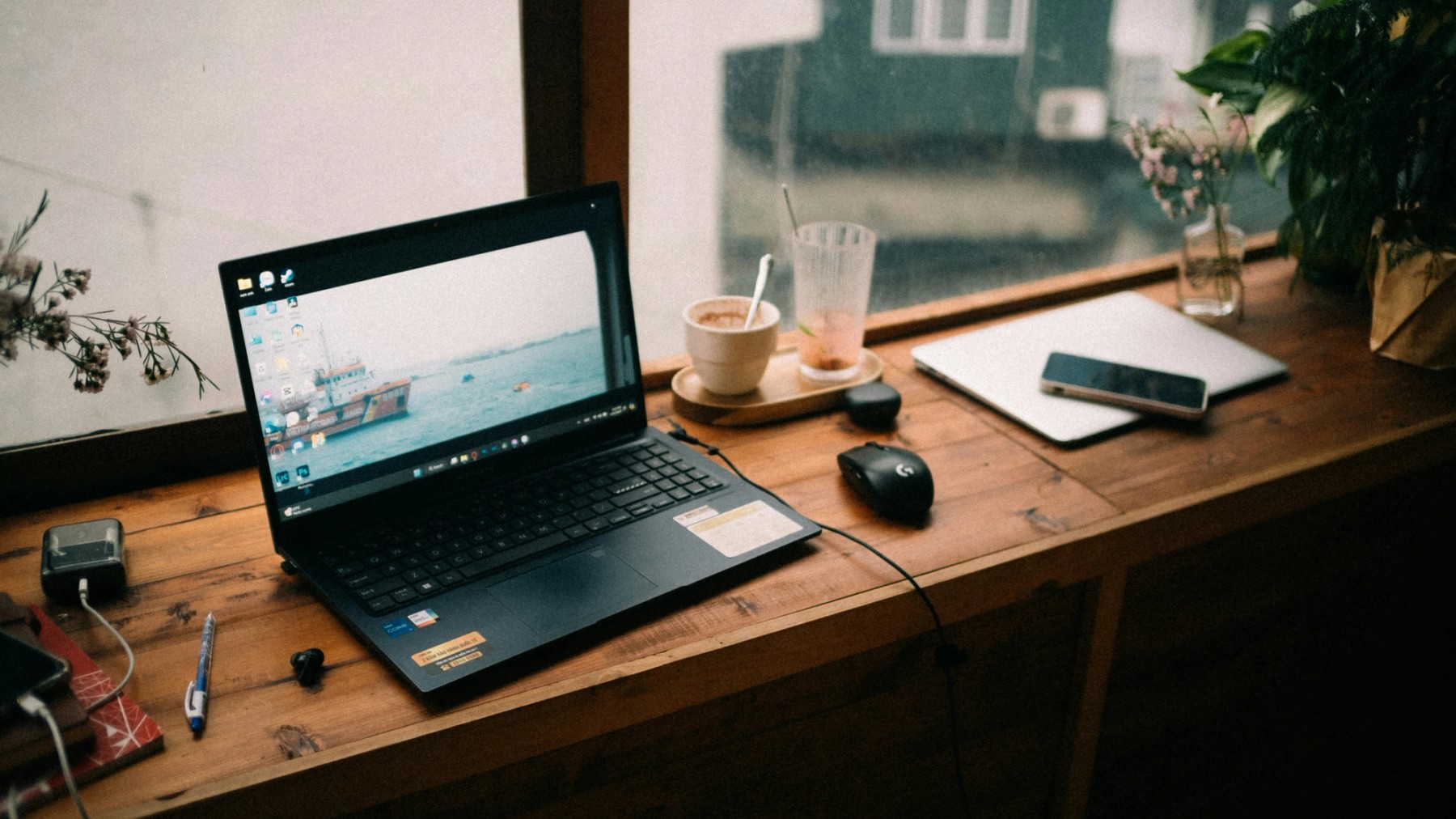
You know that feeling when you finish the day with a calendar full of meetings, a Slack inbox with a hundred green dots, and a to-do list with lines through every task… and yet, you don’t feel accomplished?
Been there. Seen it. Lived it.
Working remotely can quietly lure us into measuring our worth by busyness. It feels safe: “Look how much I did today.” But if we’re honest, we often just keep busy instead of moving forward.
Real productivity isn’t about proving you’re active. It’s about aligning your time with what matters to you, your team, and the bigger goals you’re working toward.
In my years working with teams (and sometimes falling into the busy trap myself), I’ve seen the difference between “busy” and “impactful.” It’s not about how many emails you send or how many hours your Slack is green. It’s about whether your work makes a difference and whether you still have energy for tomorrow.
This might look like:
-Taking an hour of focused, uninterrupted time to solve a meaningful problem, rather than spending three hours jumping between chat notifications
-Saying “no” to low-impact tasks, even if they’re easy dopamine hits.
-Choosing to protect your deep work time, even if it means logging off Slack for a while.
-Checking in with yourself: “Does this task align with what moves things forward?”

And yes, it takes courage. Especially in remote setups where it feels like you need to “show” you’re active to be seen. But here’s the truth: your best work rarely happens when you’re constantly proving you’re working.
I’ve seen people burn out trying to “be everywhere and do everything” remotely. The ones who stand out and stay well? They dare to redefine productivity for themselves, and they leave a bigger mark because of it.
🧠 Try this by asking yourself:
“What’s one small shift you can make this week to focus on impact rather than busyness?”
🎯 Why this works:
Because busyness can be a shield we hide behind. But focusing on what matters, prioritizing, simplifying, and protecting your energy helps you show up in a way that’s real, sustainable, and genuinely productive. It’s how you thrive long-term, not just today.
🌀 Wrap-up:
You don’t need to “earn your keep” by proving you’re busy. You deserve to spend your energy on what matters and protect your well-being in the process. Because remote work isn’t about ticking boxes. It’s about doing work that feels right and having the energy left to live your life outside the screen, too.
And if you’ve made it to the end of this article, congratulations! ✨

It means you’re already investing in yourself, and you are curious. You want to do this well and sustainably.
Remote work isn’t about having a Pinterest-perfect desk, a flawless routine, or a constant productivity high. It’s real life, some days your coffee gets cold, your WiFi plays hide-and-seek, and your to-do list looks at you like, “Really?”
But it’s also a big form of freedom. A chance to design your day around what truly matters, to work deeply (and take real breaks), and to build the rhythm that feels like you.
So take all the pressure off.
✨ You don’t need a recipe for “remote work.” You get to shape it.
✨ You don’t have to be the “perfect” remote worker. You get to be yourself.
✨ And yes, you’re allowed to enjoy it even if your “office” is a corner of your kitchen and your “coworker” today is the neighbor’s lawnmower humming in the background… if it works well for you!

At the end of the day, remote work isn’t about proving you can do it all. It’s about finding a rhythm that lets you live, breathe, and show up fully without burning out in the process and creating a life where your work supports your well-being, your values, and your growth, not just your to-do list. It’s about building a workday and a work life that supports your best, calm, focused self.

So take that deep breath.
Close those tabs.
Look out the window for a moment.
And remember: you don’t need to be perfect to work remotely well, you just need to stay human: you, as you are! 🌿✨
Further Thinking

Steady Under Pressure: Real Ways to Beat Workplace Stress (Without Losing Your Spark)

Balance at Work: Keeping Your Life Intact While Building Things That Matter

The Power of Emotional Intelligence at Work: Why It Matters Most in Tech Teams
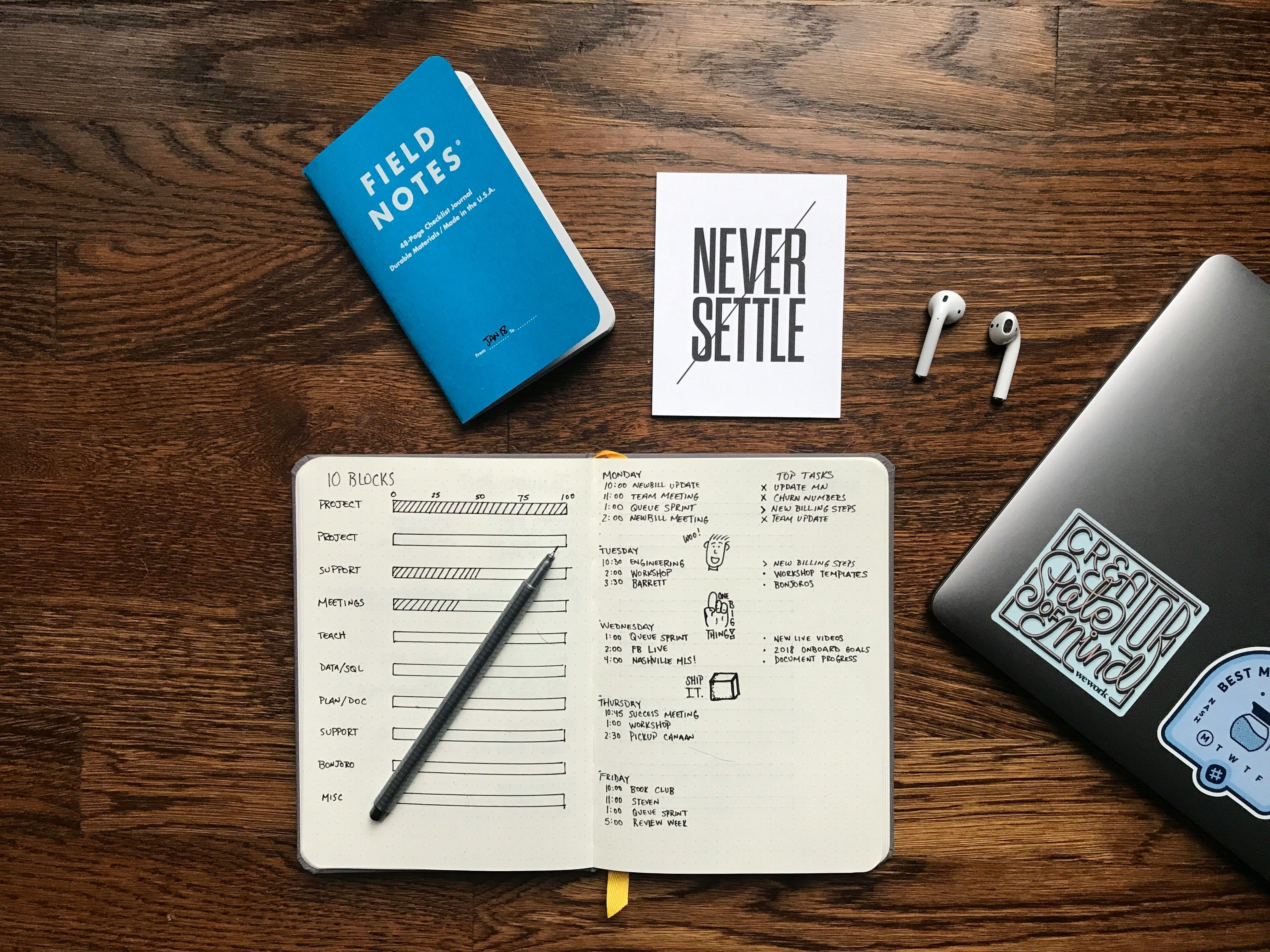
Effective Time Management Techniques for Better Productivity: Proven and Smart Methods to Manage Your Time Efficiently

The Power of Creativity at Work: Why It Matters and How to Grow It in the Tech world (Without Forcing It)

How to Prepare for an Interview? (Without Turning Into a Robot)

Interview Process at WIARA: What to Expect

The Top Qualities Beyond Code: What Truly Makes a Developer Exceptional — from the Inside Out

Welcome to WIARA — Where Integrity Meets Innovation and People Always Come First 💡